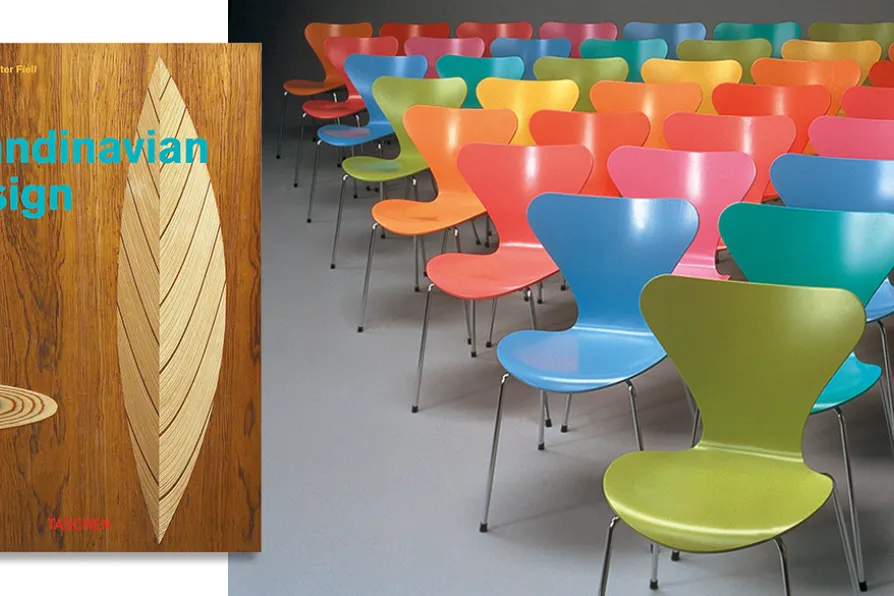IAN SINCLAIR reviews new releases from The Beaches, CMAT and Katheleen Edwards

 Arne Jacobsen, Model no. 3107 chairs for Fritz Hansen, 1955.
[© Fritz Hansen]
Arne Jacobsen, Model no. 3107 chairs for Fritz Hansen, 1955.
[© Fritz Hansen] Scandinavian Design
Charlotte & Peter Fiell, Taschen, £25
THE latest update of Charlotte and Peter Fiell’s 2002 Taschen book on Scandinavian design comes as part of the German art publisher’s 40th anniversary celebrations and is a weighty little brick of a book, 512 pages but with a footprint barely larger than a piece of A5 paper, perfect for the tiniest of minimalist coffee tables. The quality is as excellent as we have come to expect from the carbon-neutral publisher.
It’s always a tricky argument when defending good aesthetics against the purely functional, but why is it not possible to have both — and not just for the enjoyment of the wealthy?
In Sweden, 19th century socialist Ellen Key argued for “Skonhet at Alla” (beauty for all) and the Swedish Society of Craft & Industrial Design, set up in 1845 to oversee the quality of mass-produced goods, employed the slogan “Vackrare Vardagsvara” (more beautiful everyday objects).

FIONA O'CONNOR recommends a biography that is a beautiful achievement and could stand as a manifesto for the power of subtlety in art

LOUISE BOURDUA introduces the emotional and narrative religious art of 14th-century Siena that broke with Byzantine formalism and laid the foundations for the Renaissance












